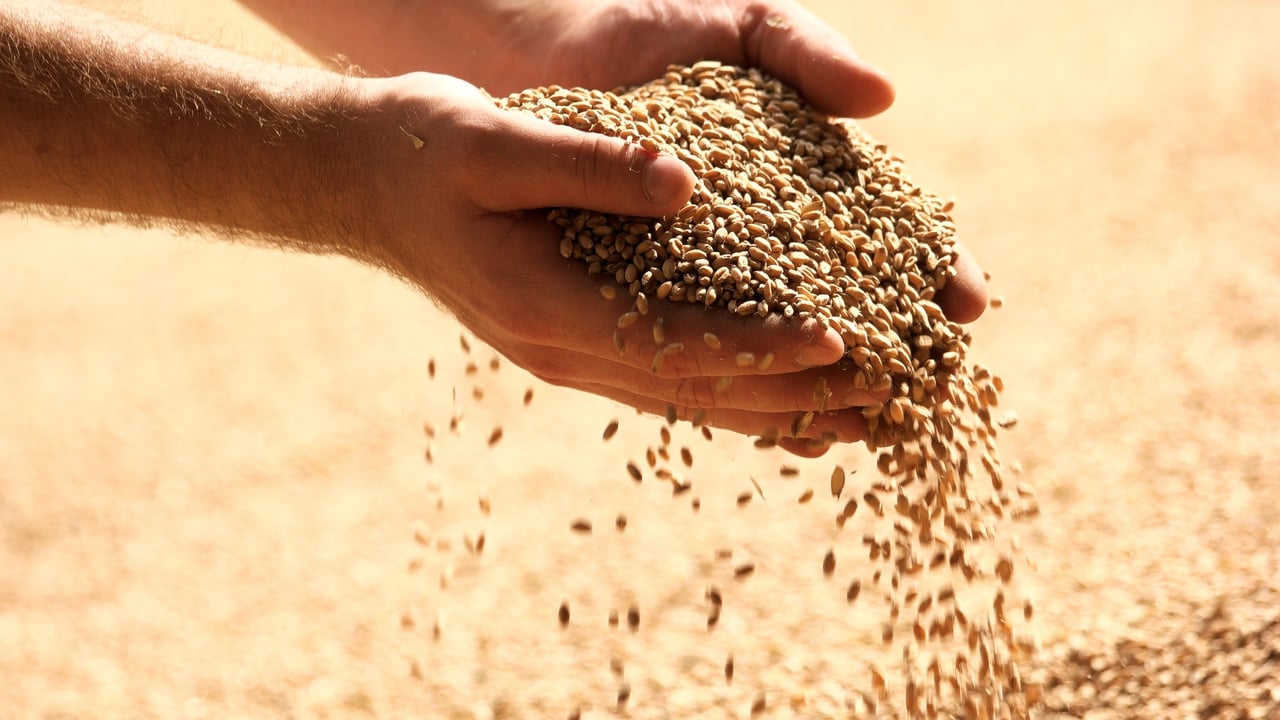Scotland reportedly awash with feed barley, with Ireland a key destination
Very large quantities of feed barley will be available in Scotland over the coming months, with much of it heading for Ireland.
In fact this is already happening.
Recent days have seen members of the Irish Farmers Association (IFA) national grain committee protesting at Greenore Docks, following the arrival of a cargo vessel laden with Scottish feed barley.
For its part, the Scottish government is predicting spring barley production in 2025 to come in at around 1.65 million tonnes in 2025.
However, despite the dry conditions that characterised the 2025 growing season in Scotland, industry experts are reporting high rejection rates for malting quality.
The end result is a high surplus of barley for feed. It is inevitable that grain exports form Scotland will increase over the coming months, with Ireland a key destination point for these envisaged shipments.
International grain markets
Meanwhile, international grain market analysts are continuing to confirm one fundamental reality: international cereal stocks will continue to increase over the coming months. And this will continue to put pressure on prices.
For example, Paris wheat futures are still under pressure from the highly competitive Black Sea region and US wheat prices, as well as the supply of Argentina's new crop in the coming weeks.
Meanwhile, November 2025 wheat contract prices dropped £1.15/t to a new low of £163.50/t.
This was pressured partly by a stronger sterling against the US dollar and abundant global wheat supply.
The United States Department of Agriculture (USDA) has announced higher than anticipated production and ending stocks for US wheat in its quarterly report this week.
Winter wheat output has risen 3.9% with spring wheat down by 8.3%. For maize, ending stocks for 2024/25 crop were also revised upwards substantially.
In Argentina, the Buenos Aires Grain Exchange announced that the wheat crop is likely to reach 22 million metric tonnes, up from previous estimates of 20.5 million metric tonnes. This crop will be harvested in November.
Harvest is also imminent for other big southern hemisphere producers like Australia; indications remain for an above average crop.
Grains are an internationally traded commodity. Markets are determined, for the most part, by supply/demand drivers.
The latest Teagasc figures confirm that Irish grain production has increased significantly year-on-year.
However, the economic impact of this welcome boost in output has been severely diminished by the continuing fall in grain prices.
And there seems little chance of this scenario diminishing prior to Harvest 2026.






